Paraffin wax: How it’s made, why it's controversial, and what the science says
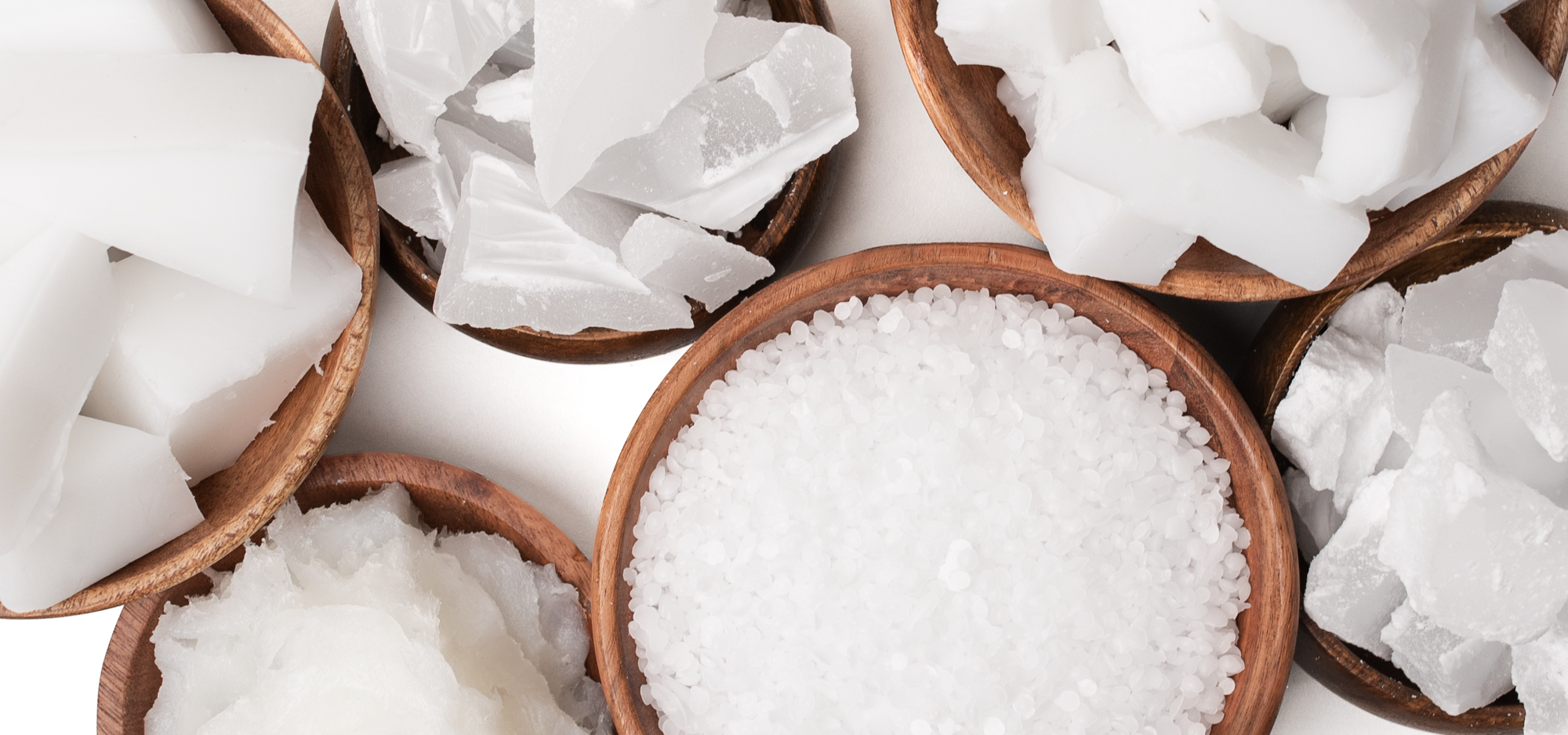
If you feel confused when it comes to paraffin wax, you’re not alone. With so much conflicting information on the topic, it can be hard to know what’s true and what’s fearmongering. And even worse, many “paraffin is bad” claims focus on the stuff we care the most about: our health and the environment.
In this article, we’ll talk about paraffin from an objective perspective. From how it’s made and the concerns and myths about paraffin, to its features and common uses.
What is paraffin wax?
Paraffin wax is a petroleum (or crude oil) byproduct. First produced in 1830 by Carl Reichenbach in Germany, it was seen as an important advancement in candle making because its burn was cleaner and more consistent than tallow-based candles.
Production of paraffin wax starts with a multi-step process known as fractional distillation. Petroleum is first separated into components called fractions. What ultimately becomes paraffin wax belongs to the residue fraction. The residue fraction is then refined to remove impurities like oil, colorants, and aromatic compounds. The final step involves chilling the wax to filter out certain hydrocarbons, which results in the soft-solid consistency characteristic of paraffin candle wax.
There are various types of petroleum wax byproducts, but the paraffin wax used in candle making is known as fully refined paraffin. Sometimes also called petroleum wax or fully-crystalline wax, fully refined paraffin contains less than 0.5% oil.
Fully refined paraffin undergoes a stringent purification process, including steps like hydrofinishing (treating it with hydrogen under high temperature and pressure to further remove impurities and improve its color, odor, and stability) and clay filtration.
Less refined types of petroleum-derived waxes include slack wax, which contains 3-50% oil, and scale wax, which contains up to 3% oil. While it’s true that less refined paraffin waxes contain impurities and undesirable compounds, reputable candle suppliers only offer fully refined paraffin wax.

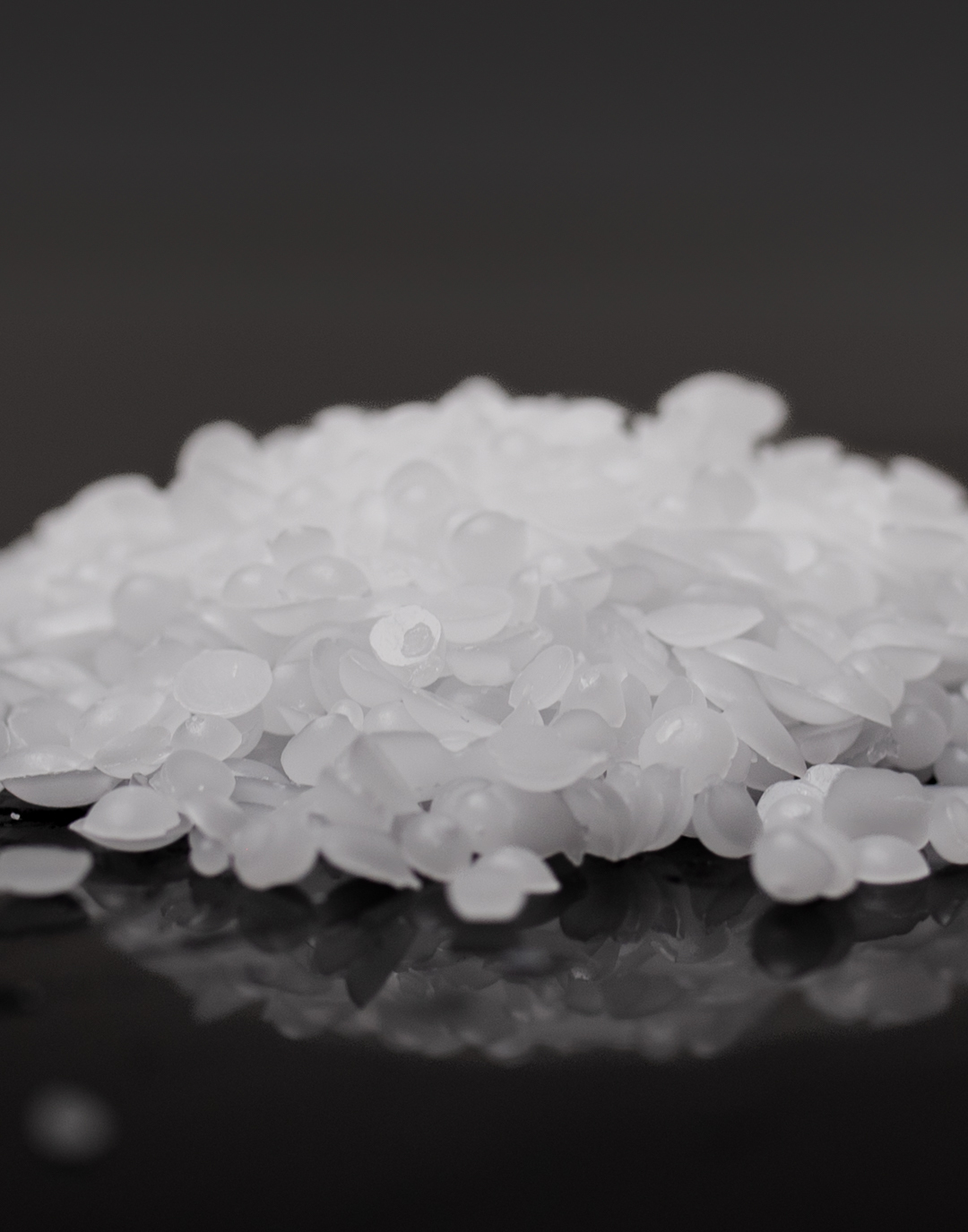
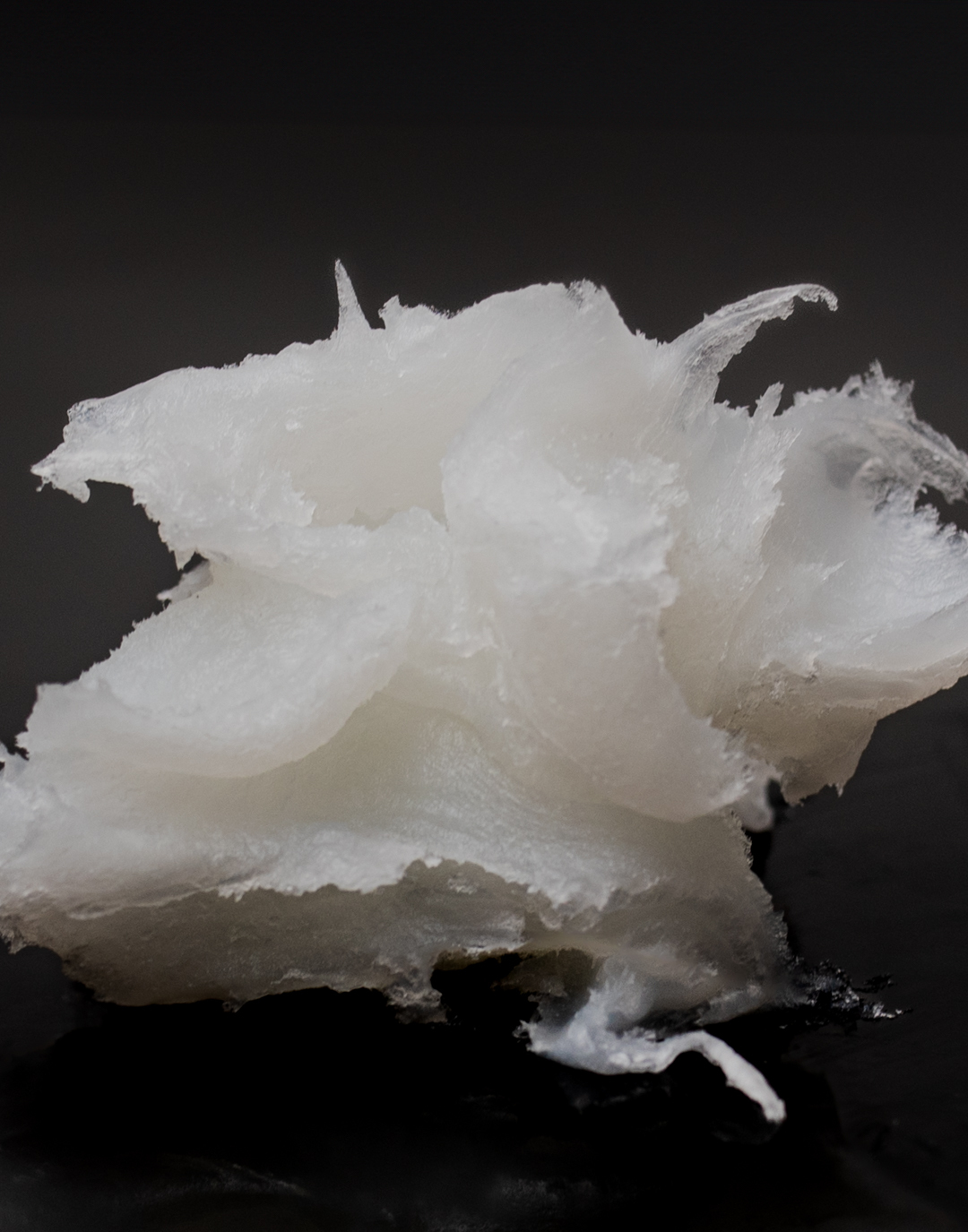
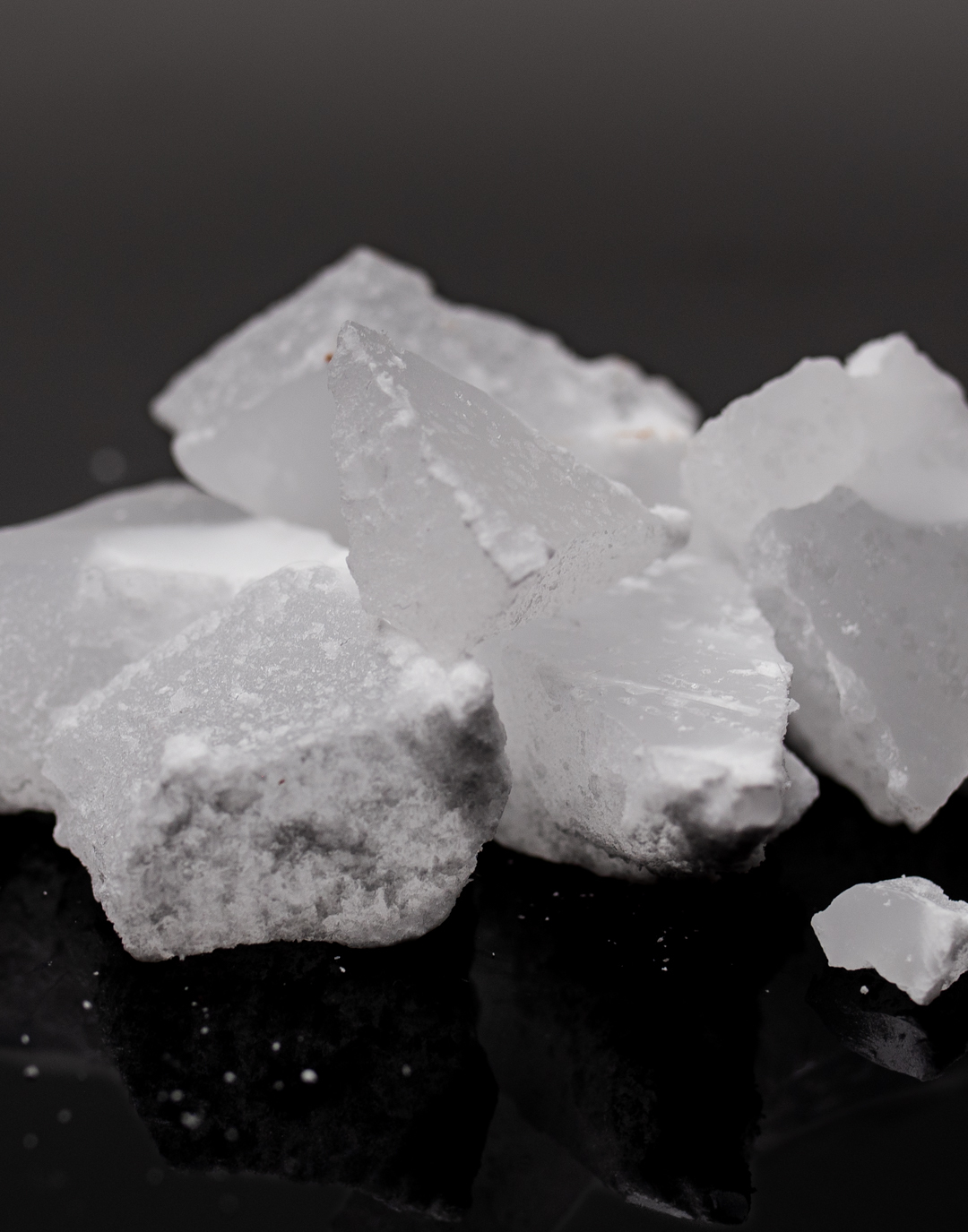
Is paraffin wax toxic?
There’s a lot of confusion surrounding paraffin wax. Spend enough time browsing candle making forums, and you’ll see comments that warn of paraffin’s toxicity. Or maybe you’ve seen similar claims in advertisements or blogs from companies that promote plant-based wax candles.
The “paraffin is toxic” sentiment may have originated due to valid concerns about less refined paraffin waxes. While less refined waxes like slack and scale wax should not be used for candle making, fully refined paraffin wax is chemically very different.
Even though fully refined paraffin is highly purified and non-toxic, many still group it into the same category as less refined petroleum products. Many “paraffin is toxic” claims might hold weight if the paraffin in question is less refined, but fully refined paraffin wax doesn’t deserve the same scrutiny. In fact, studies have shown that paraffin candles are no more “toxic” than candles made with other waxes. In the next section, we’ll take a closer look at what the science says.
What the science says
The Bayreuth Institute of Environmental Research conducted an internationally-funded study in 2007. Known as the Ökometric Wax and Emissions Study, investigators wanted to learn more about emissions from candles made with various waxes; and specifically, if the compounds emitted from candles burning posed any health risks.
The study examined emissions from paraffin, soy, stearin, and beeswax. A summary of the Ökometric study states that “...well-made candles of all major wax types exhibit the same clean burning behavior, and pose no discernible risks to human health or indoor air quality.”
Another notable takeaway that many are surprised to learn is that “the combustion byproducts of the waxes studied were virtually identical in composition and quantity, with all emissions levels registering far below the most restrictive of any applicable indoor-air standards.”
So, while claims of paraffin wax being toxic might apply to less refined petroleum waxes, they don’t apply to fully refined paraffin candle wax.
All candles produce combustion byproducts as they burn, but as the Ökometric study confirms, the emissions don’t differ significantly from wax to wax.
Soot is another topic of concern when it comes to paraffin wax candles. You may have heard that paraffin candles don’t burn as “cleanly” as candles made with soy or other plant-based waxes.
The Ökometric study also investigated the soot produced by soy and paraffin wax candles. To compare the amount of soot produced by soy candles with paraffin candles, investigators over-wicked identically sized container candles and then analyzed their emissions. They found that the overwicked candles produced greater levels of the emission compounds studied (though they were still far below applicable air-quality standards). This finding is important because it confirms that no matter the wax you use, wicking your candles appropriately is one of the best ways you can avoid excess levels of emissions.
Simply put, paraffin candles aren’t bad for our health or indoor air quality, but overwicked candles—made with any wax—can produce an excess of combustion compounds.
The idea that paraffin candles burn less cleanly than others is a myth. Candles made with any wax can burn cleanly if they’re properly wicked, so test your candles and trim your wicks!
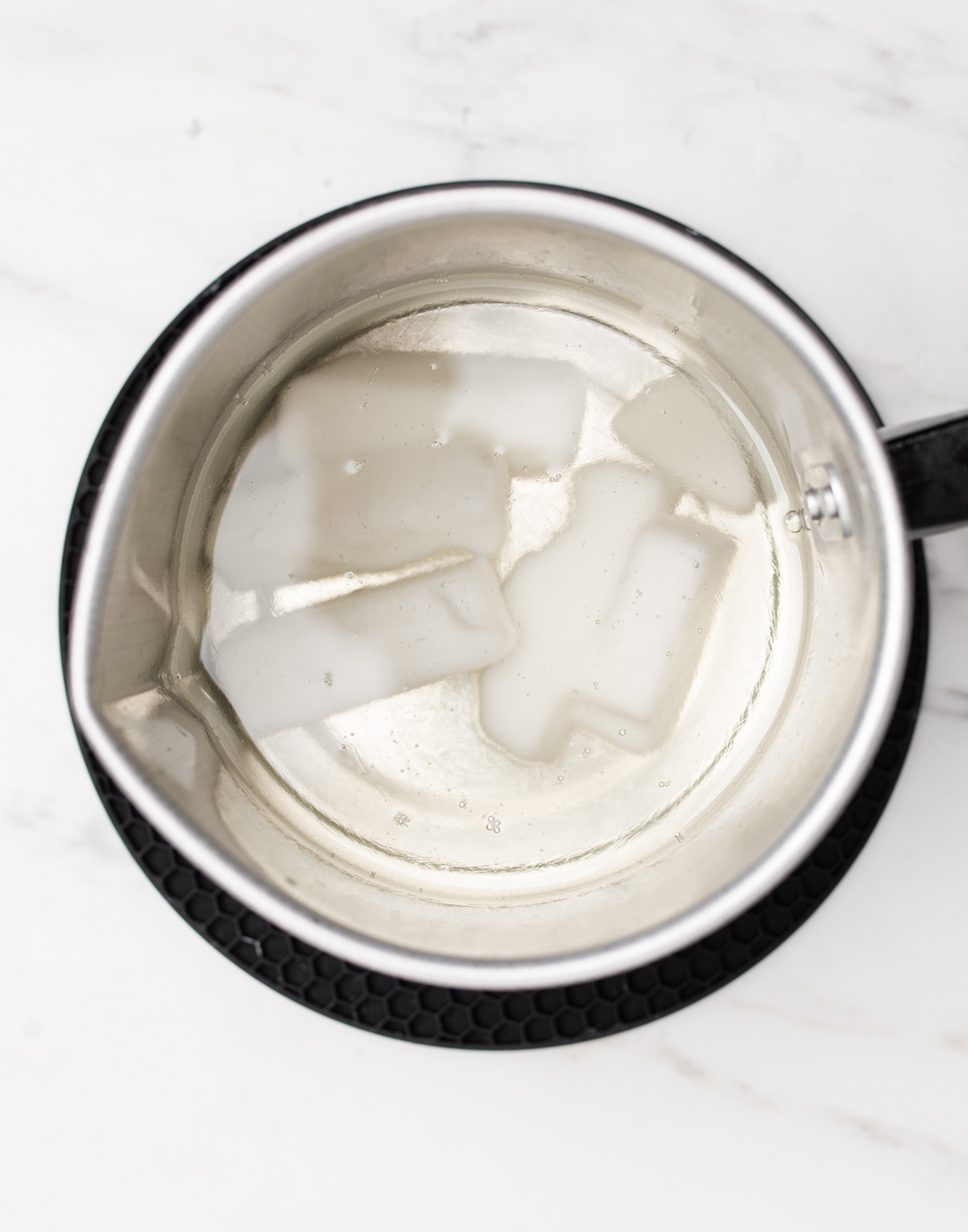
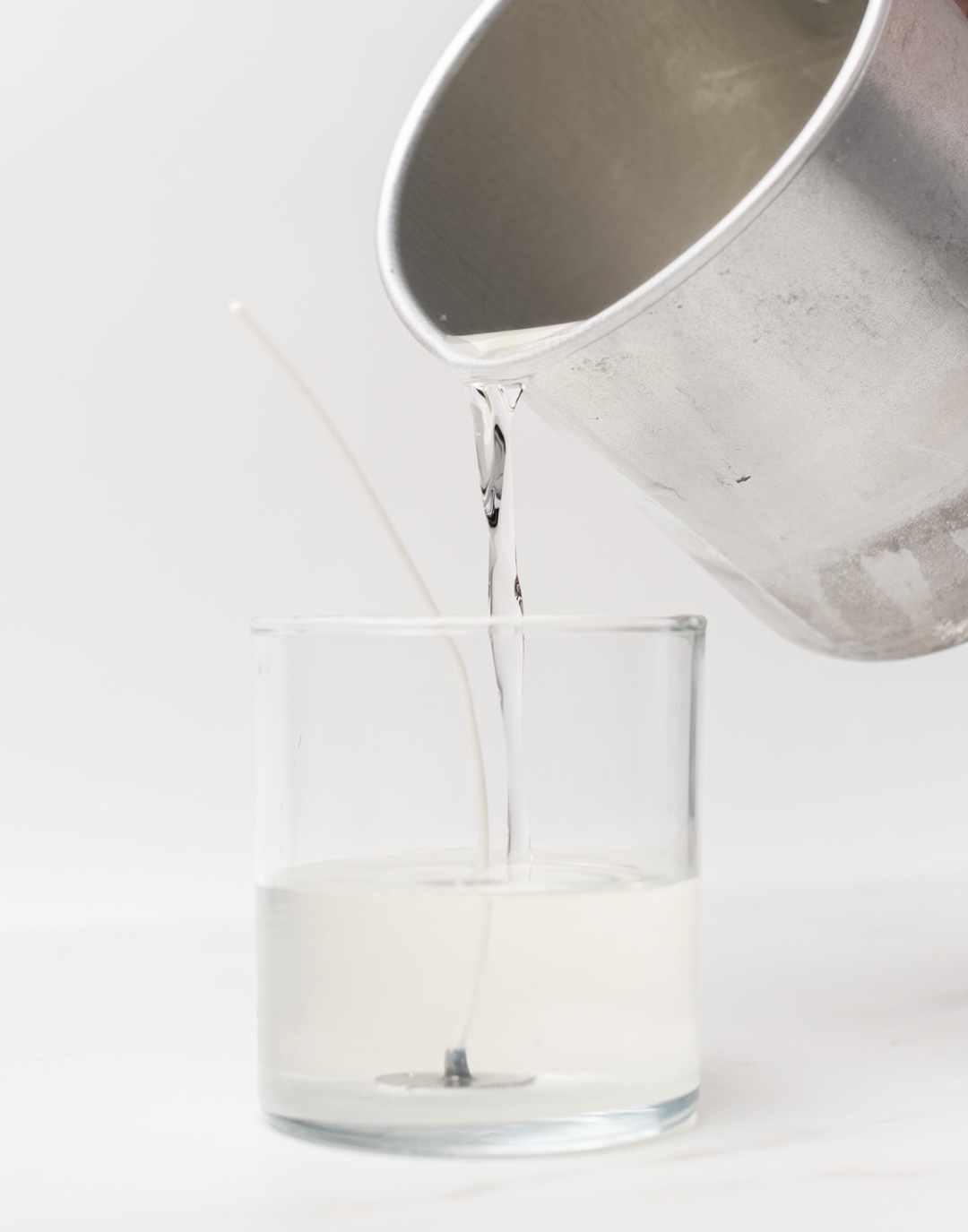
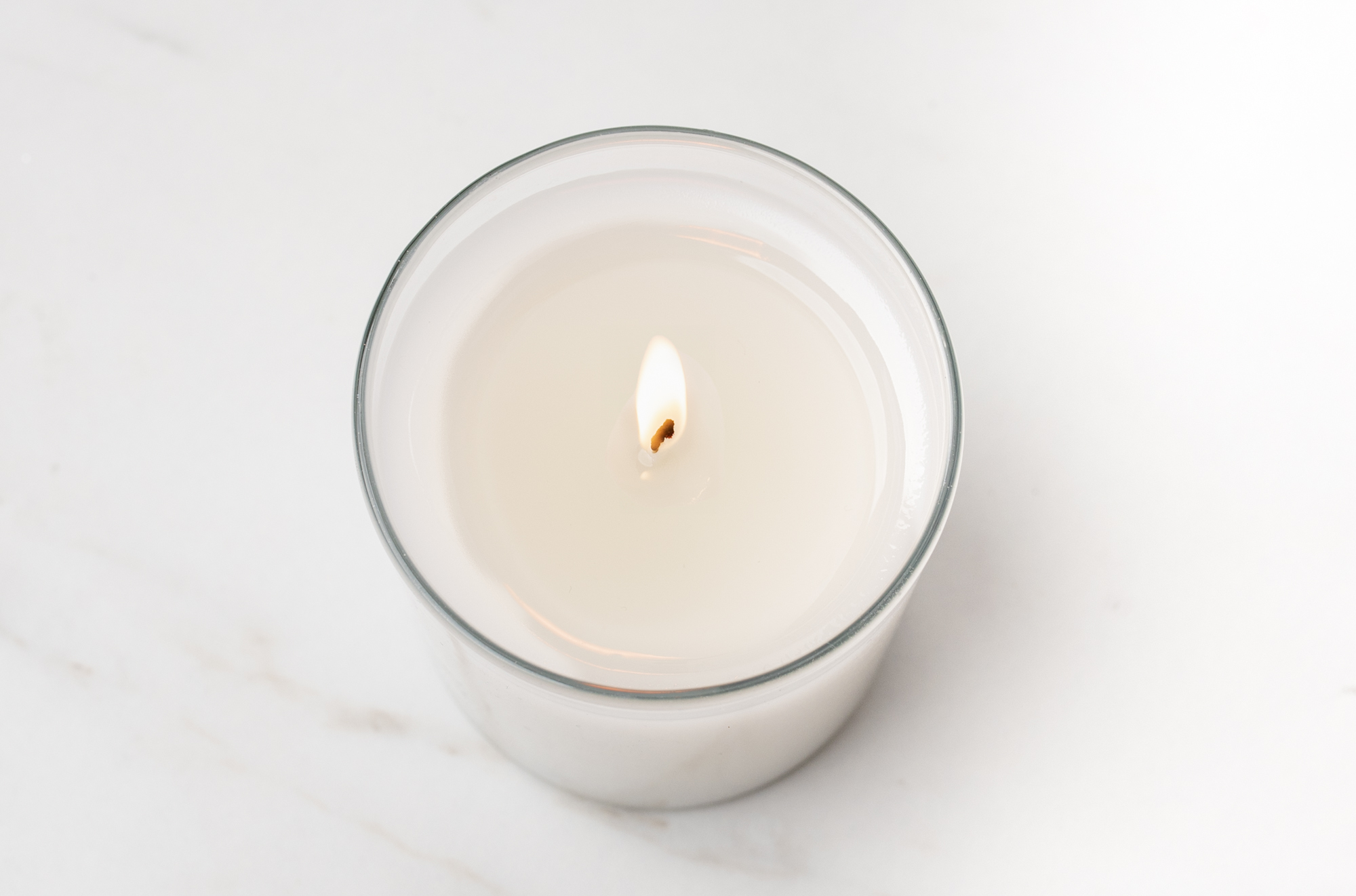
Properties of paraffin candle wax
Fully refined paraffin is colorless to white in appearance and odorless. It’s the most commonly used candle wax on the market today, and it’s the most time-tested of the different types of candle wax. But why is it so popular?
-
Exceptional hot throw: Using paraffin wax is a surefire way to achieve a strong hot throw. Many consumers are accustomed to store-bought candles with intense hot throws, not realizing they’re made with paraffin wax.
It’s totally possible to achieve a strong hot throw with plant-based waxes like soy or coconut, but you often need to use a higher fragrance load which can get costly and make wicking tricky. With paraffin wax or paraffin blends, you need less fragrance oil to achieve a scent payoff similar to highly-fragranced plant-based candles. Since fragrance tends to be one of the more expensive components of candle making, creating candles that require less fragrance oil is a simple way to reduce your cost of goods!
-
Aesthetic appeal: Paraffin wax does not frost and has excellent color-retention properties. If you’ve ever made or burned soy wax candles, you’ve likely encountered various aesthetic imperfections like frosting, cracking, or rough tops. While these imperfections are all fixable, they’re often a source of frustration for candle makers—it takes time, research, and experience to fix or prevent them.
And since soy wax has a more opaque appearance than paraffin, it’s extremely difficult to achieve vibrant colors. Most often, candle dye generally produces more light-to-medium or pastel shades in soy wax. With paraffin wax, deeper or more vibrant colors are achievable with less dye.
Paraffin also typically requires much less troubleshooting to achieve an ideal aesthetic result. Some paraffin waxes tend to shrink as they cool, so makers who use paraffin often employ a two-pour method. The two-pour method involves pouring wax to below the desired fill line of your container or mold, letting the wax cool and shrink, then doing a second pour of melted wax to fill in the shrunken areas and fill to your desired height.
-
Consistency: Because paraffin candle wax is so highly refined, its behavior and performance is remarkably consistent.
Plant-based waxes tend to vary in appearance and moisture content from batch to batch. The variations may be minimal and unrecognizable, but they can still cause frustration during the candle making process! Many candle makers who use plant-based waxes can quickly learn to spot, and then correct, any natural variations.
Makers who switch to paraffin wax or paraffin blends after using plant-based waxes are often relieved to learn that dealing with inconsistencies from batch to batch isn’t an issue with paraffin candles. This is one of many reasons why paraffin is thought to be more user-friendly than plant-based waxes. For high-volume makers, using a more consistent wax can save a lot of time and frustration.
Is paraffin wax bad for the environment?
Environmental concerns about paraffin wax are almost as prevalent as toxicity concerns, and it's easy to see why. Paraffin is a petroleum byproduct and the crude oil industry has a deservedly terrible reputation.
Not only is petroleum a nonrenewable resource, but the ways it’s extracted negatively impact the environment. Drilling, fracking, and oil spills result in habitat destruction, water pollution, and ecosystem disruption—and that only covers a small portion of the problems with the petroleum industry.
As a company, we’re committed to minimizing our environmental impact. We know there are major issues with many aspects of the petroleum industry, and we don’t want to encourage anyone to use petroleum byproducts if they don’t feel comfortable with them. The desire to avoid products connected to the petroleum industry is completely understandable.
But petroleum isn’t extracted solely to make paraffin wax. Instead, paraffin wax is just one of many byproducts that can be made from petroleum. Crude oil will continue to be extracted, regardless of market needs for paraffin wax. So until the petroleum industry radically changes, the amount of byproducts that can be made from already-extracted crude oil is one of the few positive aspects of the petroleum industry.
Using byproducts that would otherwise be discarded is generally a positive when it comes to sustainability. For example, many essential oils are made from upcycled ingredients. Our Cinnamon Leaf essential oil is made using the leaves of cinnamon trees, which are byproducts from the cinnamon harvesting industry.
Ultimately, the answer to this question depends on your personal perspective. If you’re of the mindset that anything tied to the petroleum industry is bad for the environment, then we won’t argue with you. The petroleum industry has had an objectively negative impact on our planet and we understand wanting to avoid its byproducts.
However, petroleum byproducts can also be viewed as a way to get as much use as possible from already-extracted oil. Sustainability and environmental friendliness don’t always mean the same thing. It would be a stretch to call petroleum-derived products environmentally friendly, but many of them do contribute to sustainability efforts because they’re making use of materials that would otherwise be discarded.
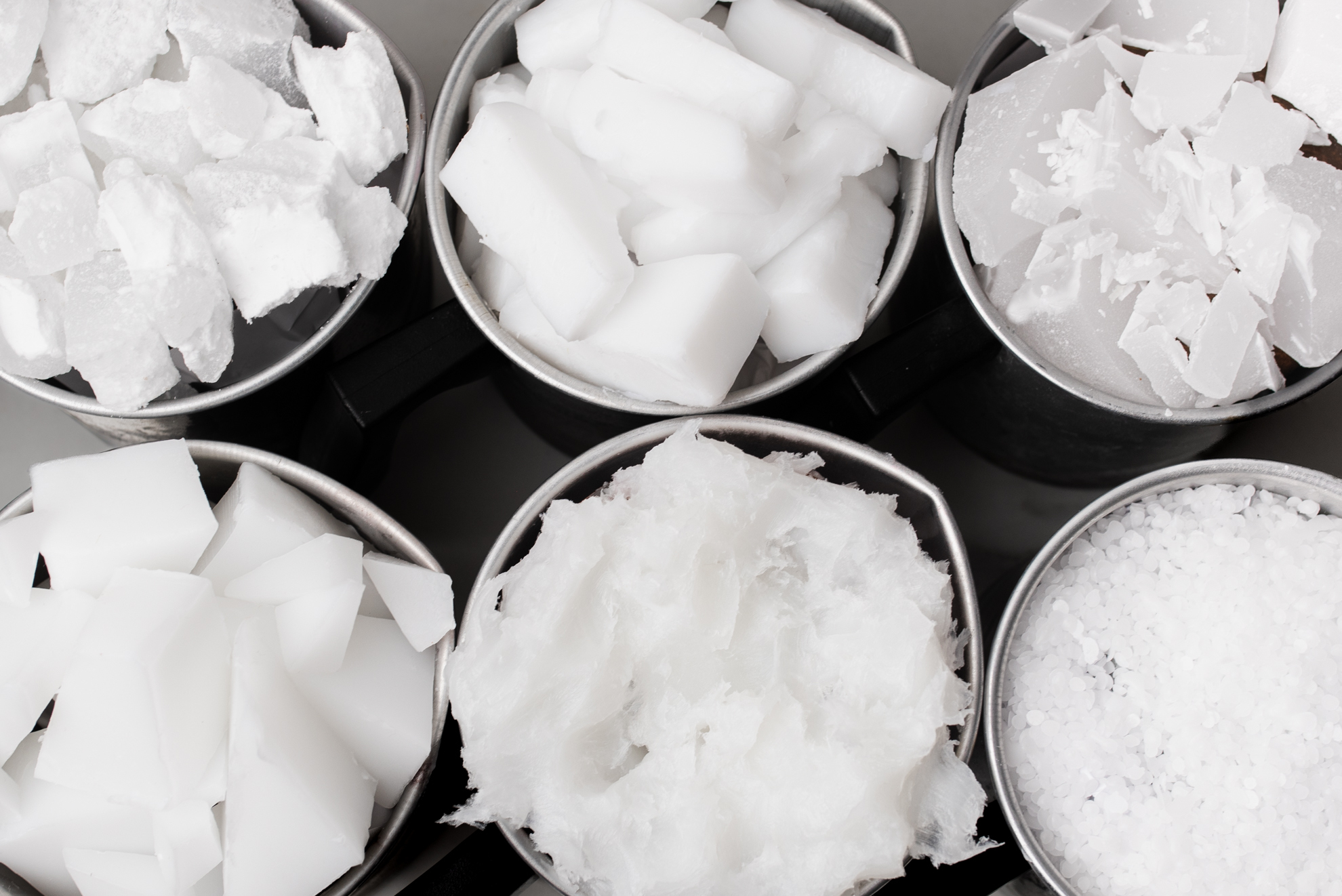
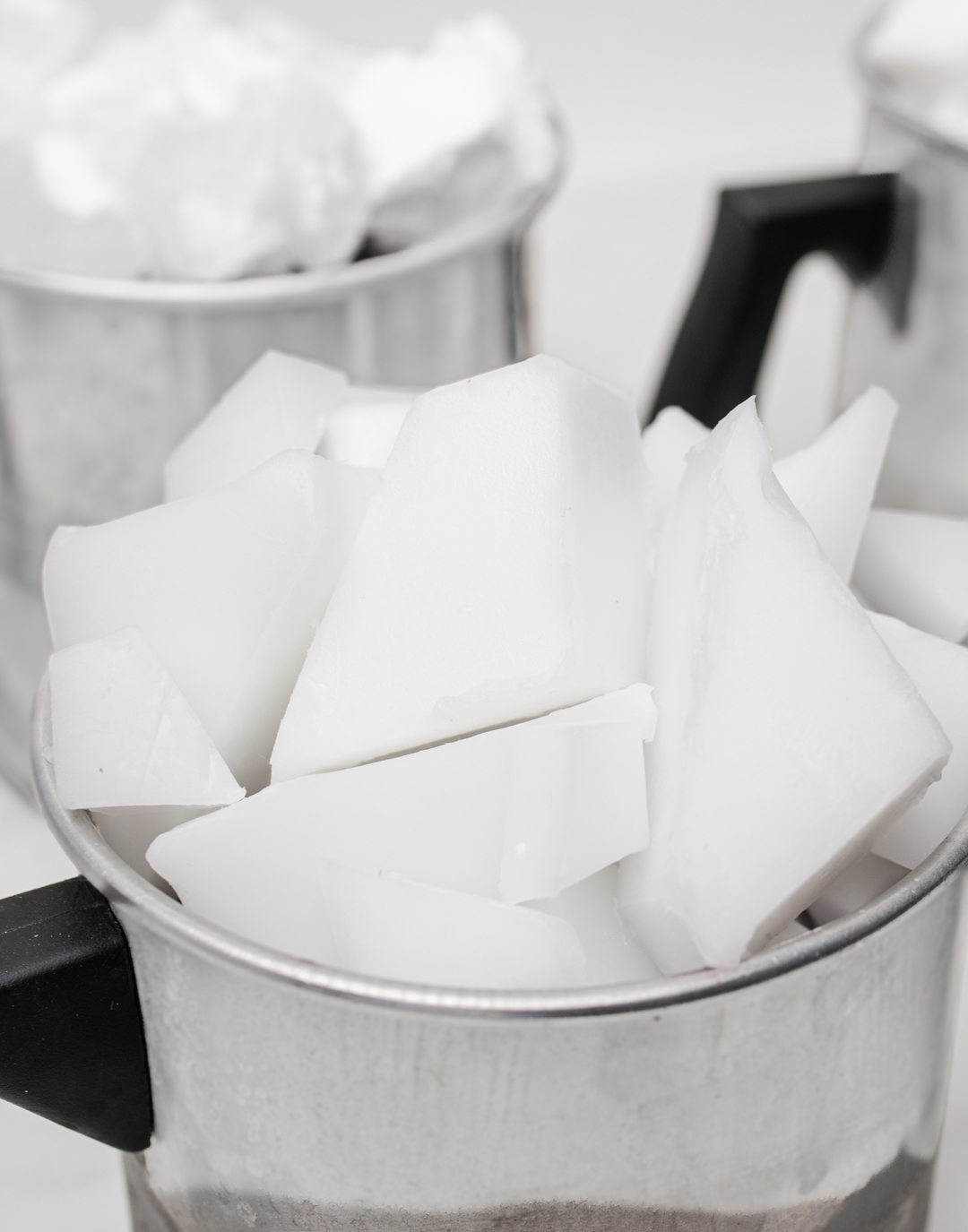
Common products that contain paraffin
Did you know that you’re probably already using products that contain paraffin? Let’s take a look at the way various industries use paraffin:
-
Cosmetics and skincare: Paraffin wax provides texture and consistency to cosmetic products like lipsticks, lip balms, and moisturizers. It’s also a common ingredient in skincare products. Soft paraffin—also known as petrolatum, liquid paraffin, and petroleum jelly—is the most effective occlusive moisturizing ingredient, according to Harvard Health. Soft paraffin is also an emollient ingredient.
-
Food industry: In the food industry, paraffin wax is used as a coating for fruits and vegetables to enhance appearance and prolong shelf life. It’s also used in chewing gum, to coat cheeses and candies, and to help certain foods refrain from melting at room temperature and resist melting in someone’s hand. Paraffin used in the food industry is known as food-grade paraffin, a type of fully refined paraffin that’s made in facilities that follow food safety regulations.
-
Pharmaceuticals and medicine: Due to its emollient and occlusive properties, paraffin wax is used in the production of certain pharmaceuticals and medicinal products, such as ointments and creams. In occupational and physical therapy practices, paraffin bath therapy is used to treat hand and foot pain from arthritis. Paraffin gauze dressings are used to promote faster healing of burns and wounds, and liquid paraffin is used as a pediatric laxative and dry eye lubricant.
- Other industries: Paraffin wax is used in industrial applications like machine lubricants and polishes. It’s also used as a bicycle chain lubricant and a main component of sports waxes like surfboard wax, ski wax, and skateboard wax. Interestingly, paraffin wax is also used in lava lamps and as a fuel for fire breathing!
The takeaways
- The paraffin wax used in candle making is known as fully refined paraffin and undergoes a stringent purification process. While it’s true that less refined paraffin waxes contain impurities and undesirable compounds, reputable candle suppliers only offer fully refined paraffin wax.
- Claims that candles made with paraffin wax are more toxic than candles made with plant-based wax are unfounded. The combustion byproducts of candles made with paraffin, soy, stearin, and beeswax were found to be virtually identical in composition and quantity.
- Avoiding overwicked candles and candles that produce excessive amounts of soot is more beneficial than avoiding specific waxes.
- Paraffin wax is a petroleum byproduct, which means it’s made from a portion of petroleum that might otherwise be discarded.